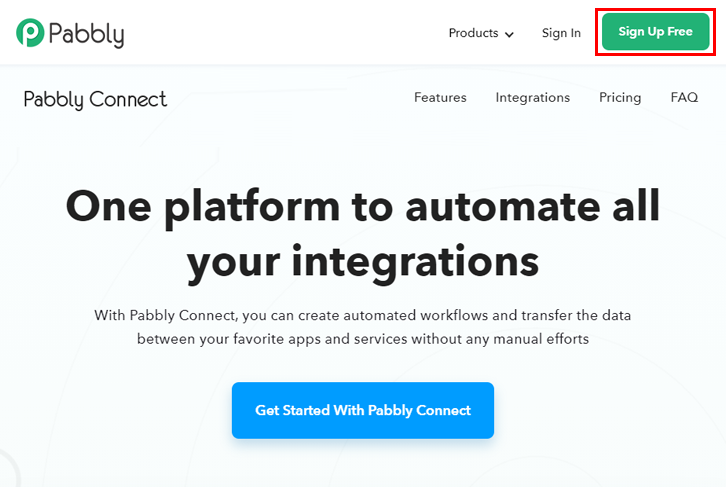Tired of manually sending form submission notifications on Telegram?

Then, you can try automating this using Pabbly Connect. In this article, I’m going to walk you through the step by step procedure to automatically send JotForm submissions to Telegram account. The best part about this automation is, you don’t need to have any prior coding knowledge. Plus, you only have to create the Workflow once and after that, it’ll automatically notify you about the upcoming form submissions.
Pabbly Connect is an easy way to integrate services and automate manual & repetitive work in real-time. You can create any number of workflows along with multi-step calls for automation. Moreover, you can use many built-in tools such as path-routers, filters, formatters etc to format the data as per your requirement.
Why Choose This Method Of Integration?
In contrast with other integration services-
- Pabbly Connect does not charge you for its in-built apps like filters, Iterator, Router, Data transformer and more
- Create “Unlimited Workflows” and smoothly define multiple tasks for each action
- As compared to other services which offer 750 tasks at $24.99, Pabbly Connect offers 50000 tasks in the starter plan of $29 itself
- Unlike Zapier, there’s no restriction on features. Get access to advanced features even in the basic plan
- Try before you buy! Before spending your money, you can actually signup & try out the working of Pabbly Connect for FREE
Now, let’s discuss the JotForm and Telegram a little. JotForm is a form builder software to create dynamic forms. Whereas, Telegram is a freeware messaging software.
By integrating JotForm with Telegram I’m going to automatically send a form submissions message on Telegram. This way, whenever a new form is submitted on JotForm, a Telegram message will be sent instantly.
Additionally, you can also have a look at the video tutorial below for this particular automation.
Further, you can click on the image given below to make use of this workflow template. Also, you can also go to the Pabbly Connect Marketplace for more integrations and apps.
Now, buckle up and discover the JotForm and Telegram integration.
Step 1: Sign up to Pabbly Connect
Start the procedure to send JotForm submissions to the Telegram account automatically by visiting the Pabbly Connect website. Then, click on the ‘Sign-Up Free‘ button. The next step is to sign-up, either use your existing Google credentials for directly signing up or you can simply fill out the registration form.
Step 2: Access Pabbly Connect
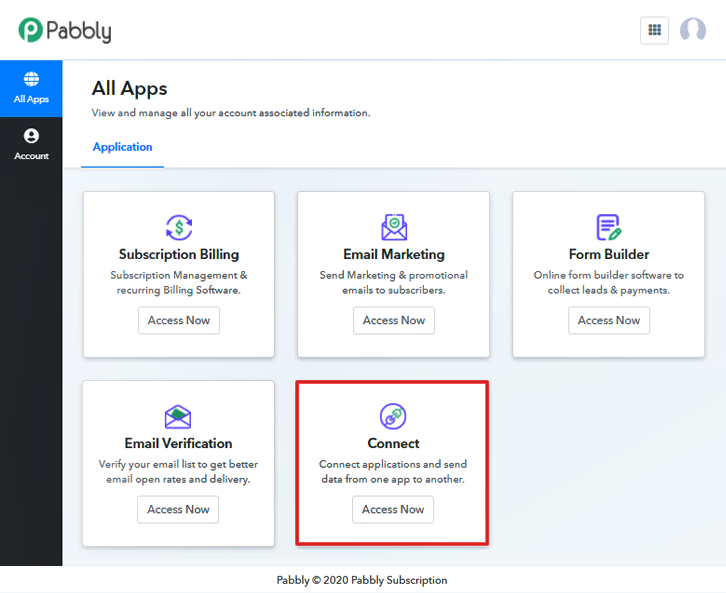
After logging in, click on the ‘Access Now’ button of the software ‘Connect’ amongst all the Pabbly applications.
Step 3: Workflow for JotForm and Telegram Integration
(a) Start with a New Workflow
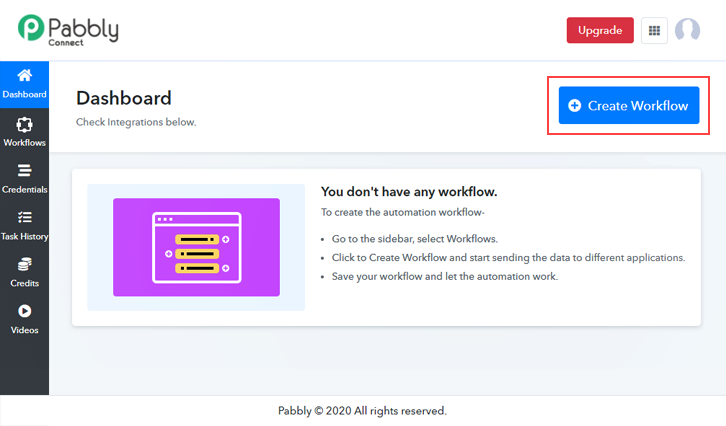
Further, start with creating a workflow for JotForm to Telegram integration & to do this click the ‘Create Workflow’ button available on the dashboard.
(b) Name the Workflow
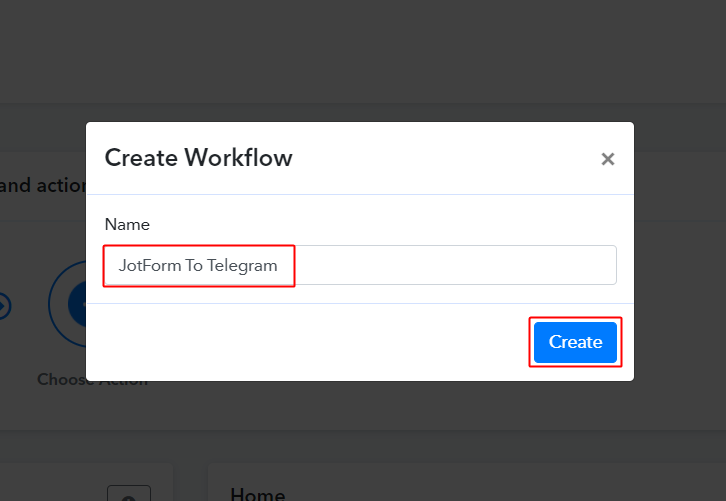
Now, name the workflow in the window that pops up as per the integration or use-case (for instance: JotForm To Telegram etc). Lastly, click on the ‘Create’ button.
Step 4: Setting Trigger for JotForm to Telegram Integration
For trigger set up, you’ll need to set up a trigger condition on the new JotForm entry and then its respective action using Pabbly Connect.
(a) Select Application you want to integrate
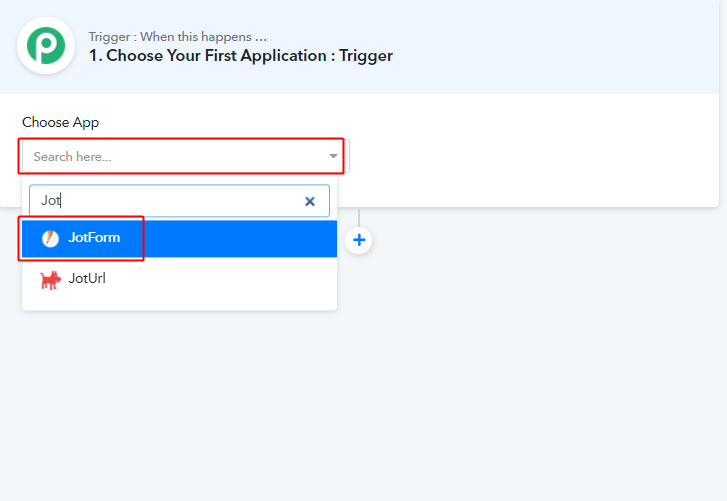
After naming the workflow, a page will open up bearing the trigger window settings.
Pick the ‘Zoom’ app from the ‘Choose App’ drop-down choices.
(b) Select Event & Connect
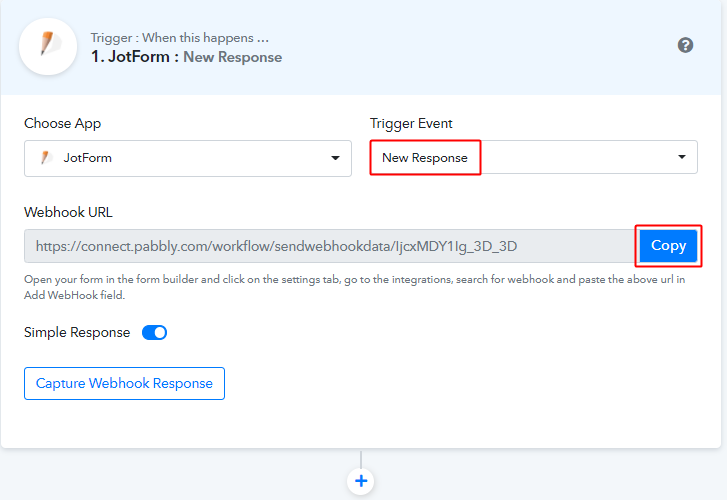
Select the event as ‘New Entry’ & then click on ‘Connect’.
Step 5: Connecting JotForm to Pabbly Connect
(a) Edit the JotForm
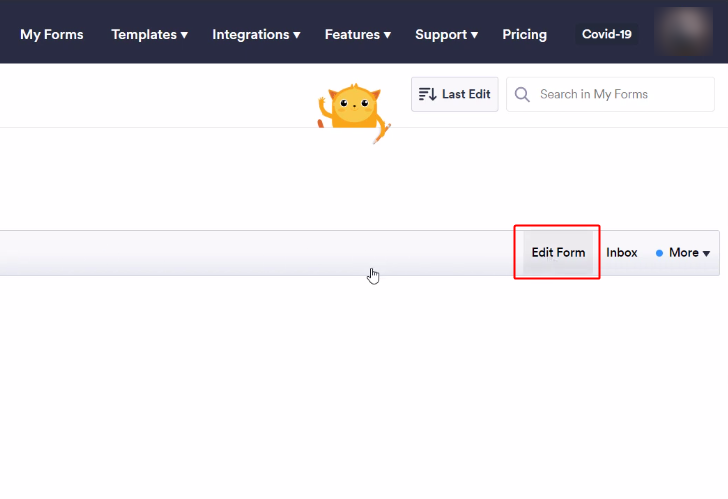
To connect JotForm with Pabbly connect first, you need to log in to your JotForm account. Then, on ‘Edit Form’ available next to the form that you want to connect.
(b) Go to Form Settings Then Integrations

Next, click on the ‘Settings’ option available in the top menu.
Another vehicle menu will appear, click on the ‘Integrations’ option in this menu.
(c) Click on Webhooks

Then, search for the ‘Webhooks’ option and click on it.
(d) Paste Webhook URL

Now, paste the copied webhook URL in the Add Webhook field.
(e) Finish the Setup

Lastly, click on the ‘Finish’ button.
(f) Click on Publish
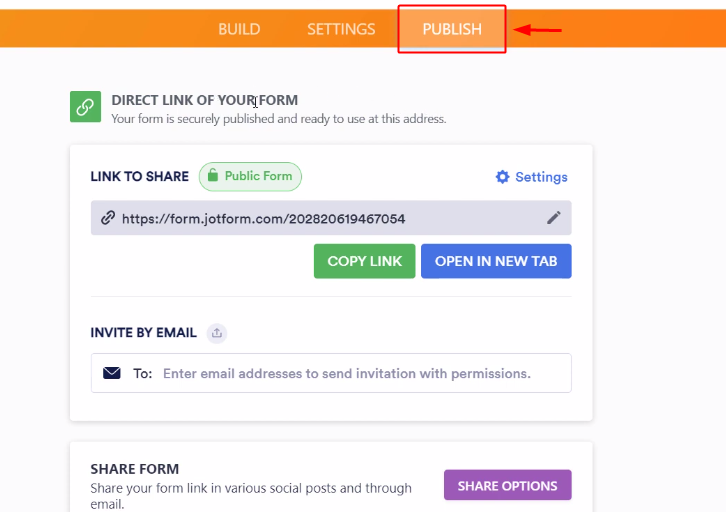
Next, click on ‘Publish’.
Step 6: Test the Response in Pabbly Connect Dashboard
As we can see, we are done setting up the trigger for the JotForm and Telegram integration. So, let’s test the JotForm trigger by submitting a test form.
(a) Capture Webhook Response
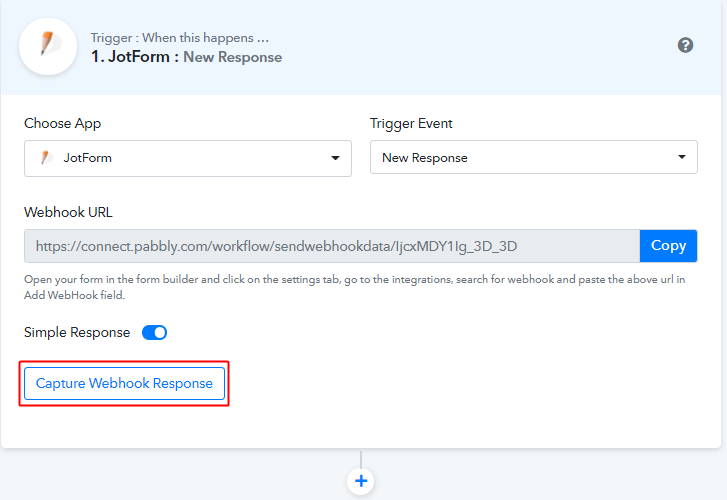
The first thing to do is, click on the ‘Capture Webhook Response’ button available in the Pabbly Connect trigger window.
(b) Submit a Test Form
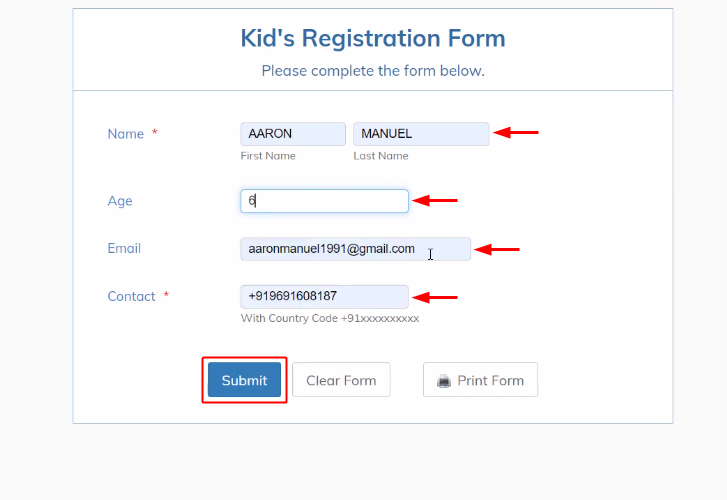
Now, open the created form in a new tab and make a test submission. For this, simply fill in all the required information and click ‘Submit’.
(c) Check and Save the Trigger API Response
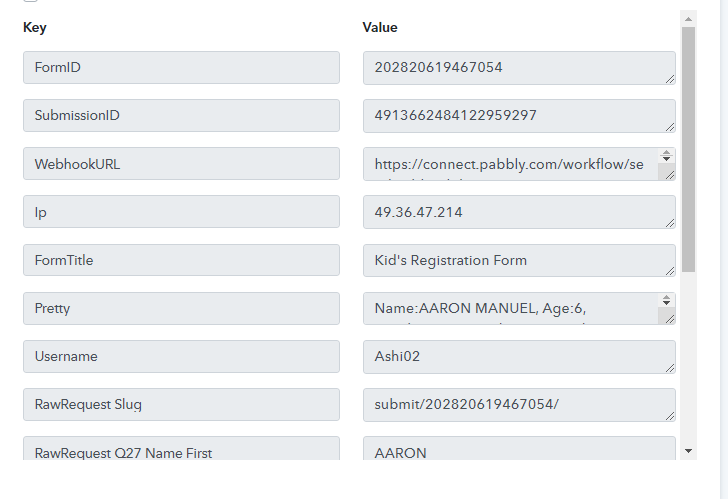
Check the JotForm trigger API response and click on ‘Save’.
Step 7: Setting Action for JotForm to Telegram Integration
Now, we have gathered the JotForm data. So, let’s perform the action step. After that, a message will be delivered automatically whenever a new form submission happens.
(a) Select Application you want to Integrate
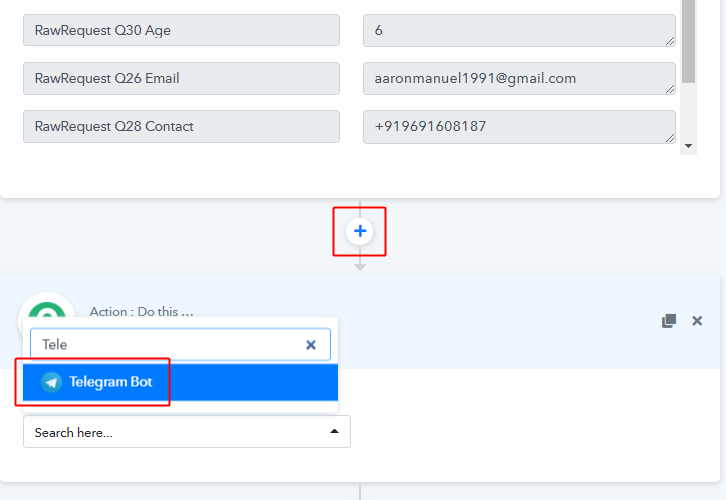
Click on the plus button available next to your JotForm trigger window.
Select the app to integrate here as ‘Telegram Bot’.
(b) Select Event & Connect with Telegram
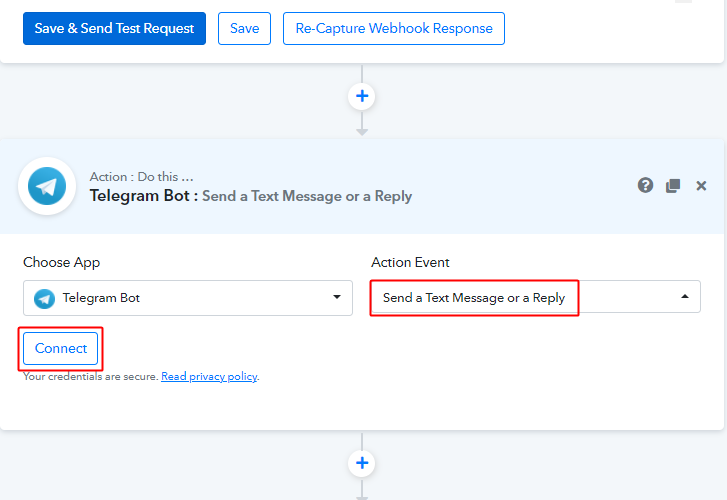
Next, select the event as ‘Send a Text Message or a Reply’.
Lastly, click the ‘Connect’ button.
Step 8: Connecting Telegram to Pabbly Connect
Our next step is to connect Telegram with Pabbly Connect. For this first, log in to your Telegram account.
(a) Click on the BotFather Link
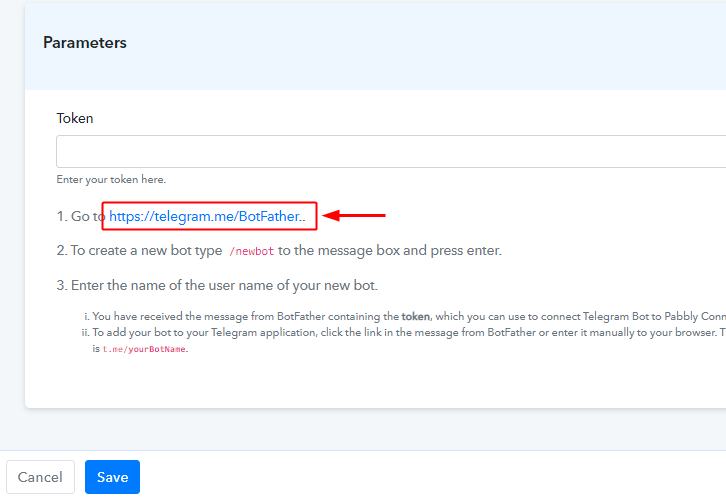
In the Pabbly Connect connection window that slides in from the right. Click on the BotFather link or simply type ‘BotFather’ in your Telegram App search.
(b) Click Start on BotFather Chat
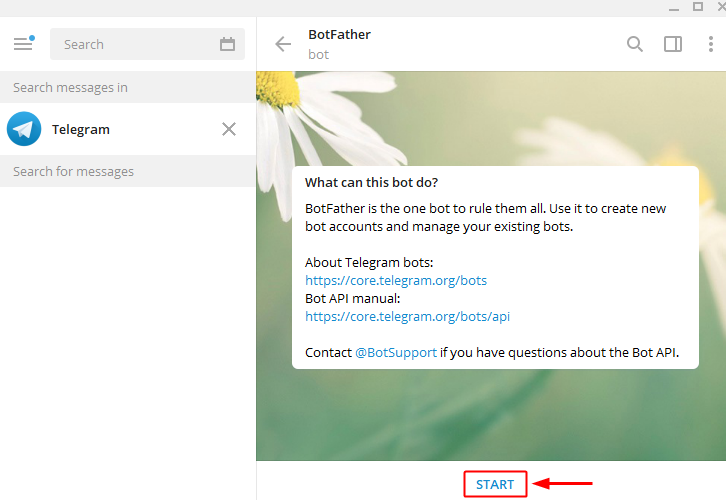
Next, click on the ‘START’ button.
(c) Create a New Bot
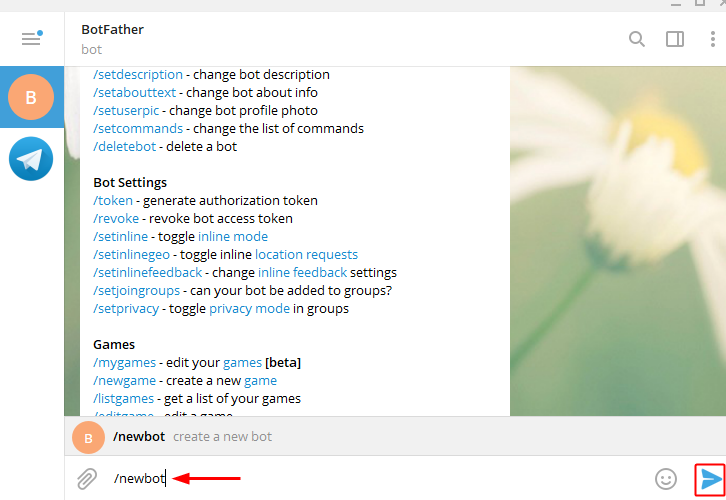
Now, create a new bot by typing ‘/newbot’ and then hit Enteror send button.
(d) Name Your Created Bot
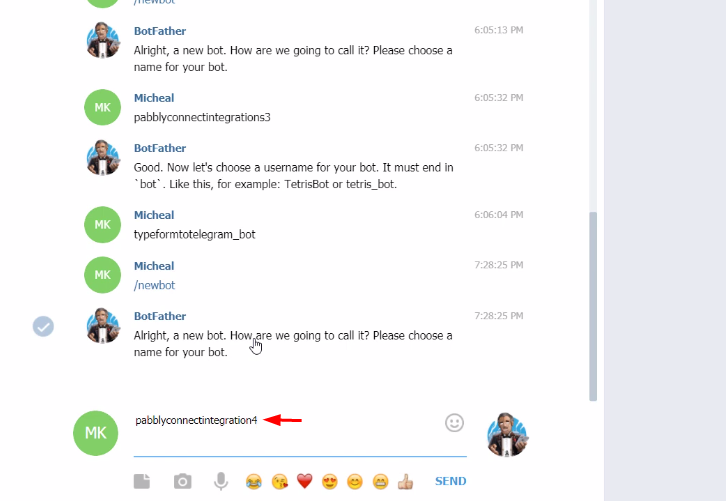
Next, it’ll ask you for a bot name. So, type a bot name that you want to give to the recently created bot & then hit the send.
(e) Enter a Bot Username
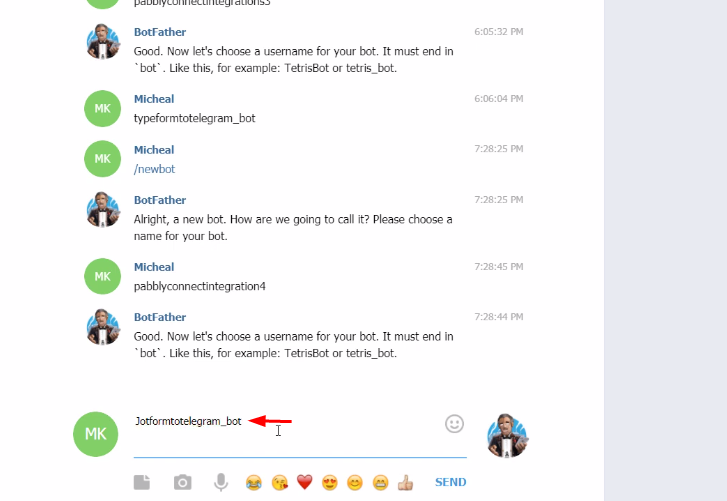
Lastly, feed a username for the created bot that ends with a suffix ‘bot’.
(f) Copy the Token
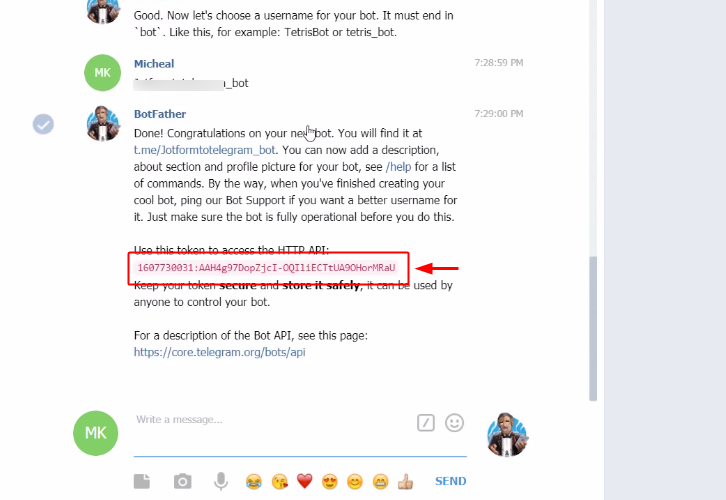
You’ll see a token for the created bot, copy it.
(g) Paste the Token
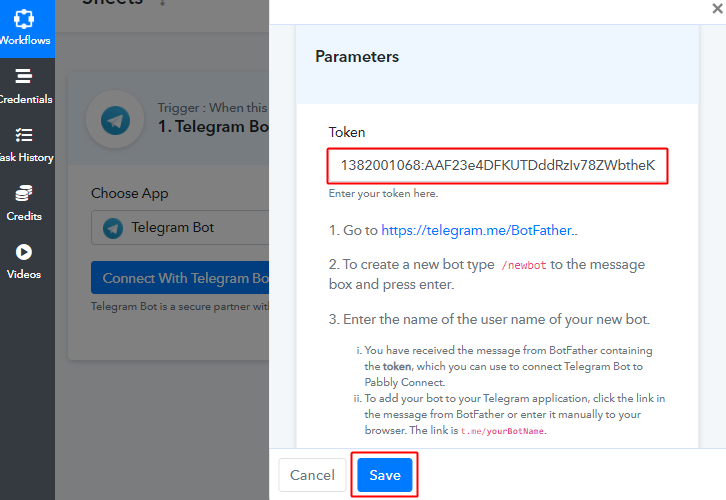
Paste the copied token in the connection window and then click on ‘Save’.
(h) Create Telegram Group
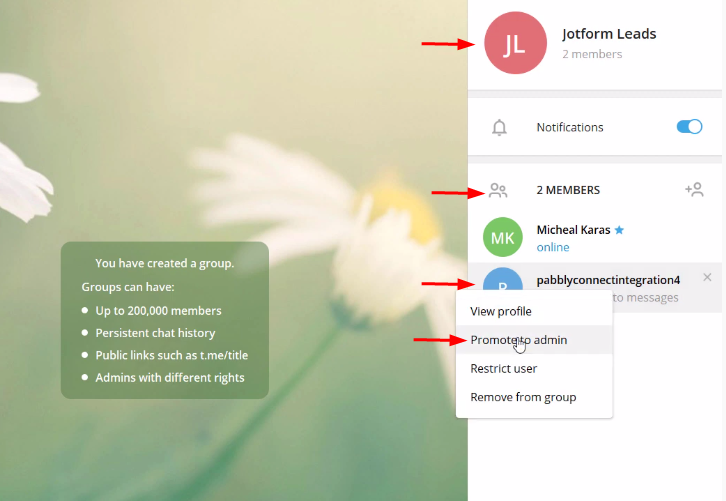
Now, simply create a group on the connected Telegram account, add members to the group, also add the created bot and remember to promote it as the admin of the group.
(I) Copy Chat ID
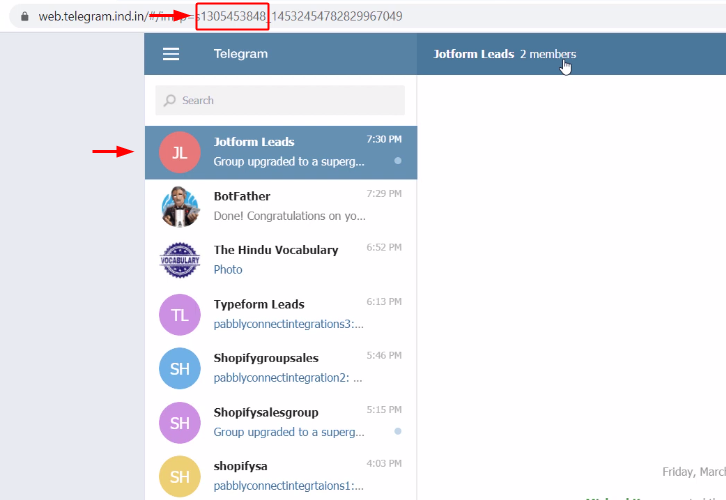
In the group URL, the digit sequence between ‘=’ and underscore is the chat ID, copy this digit sequence. Also, the information about the Chat ID is given in the help text below the Telegram action ‘Chat ID’ field, which you can refer to.
(j) Paste Chat ID & Create Message
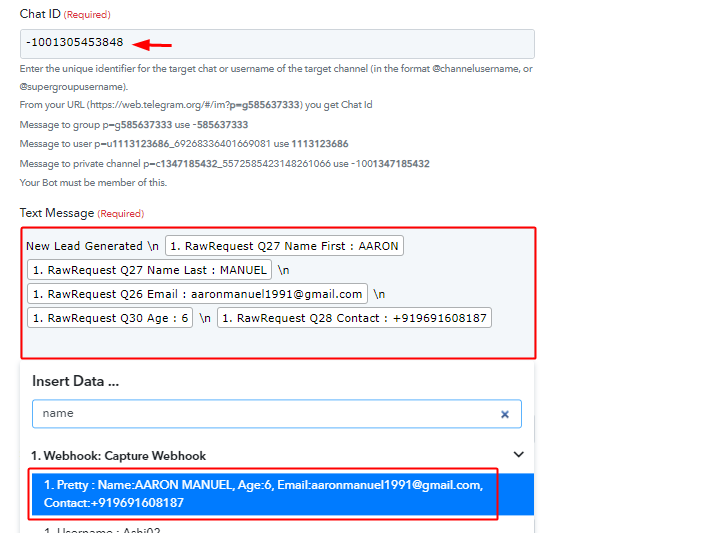
Now, paste the copied Chat ID with the prefix ‘-100’ for a private channel message.
Also, create a message by combining the trigger response and plain text. To use a response value, simply click on the ‘Text Message’ area and then click select the value from the gathered trigger response.
(k) Send Test Request
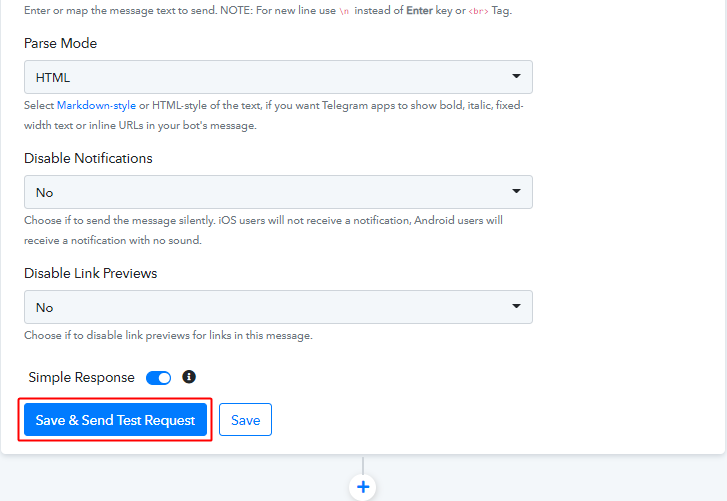
Now, click on ‘Save & Send Test Request’.
(l) Check & Save the Action Response
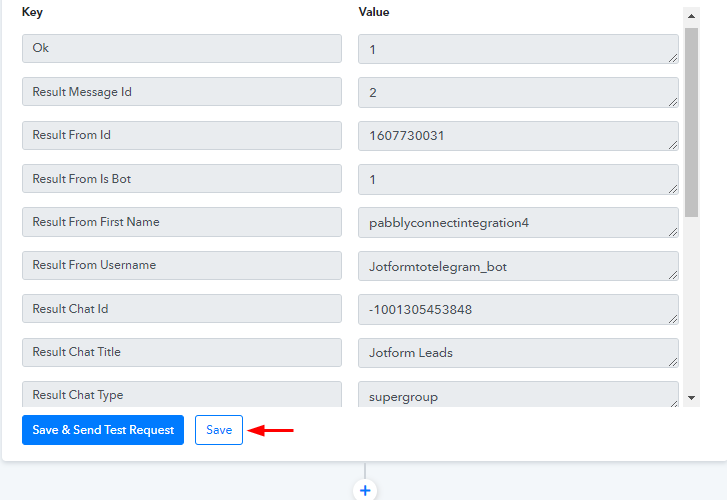
Certainly, you can check and save the Telegram response in the action window. And, if there’s been some error while sending the data then the window will start showing you an error.
Step 9: Check Response in WhatsApp
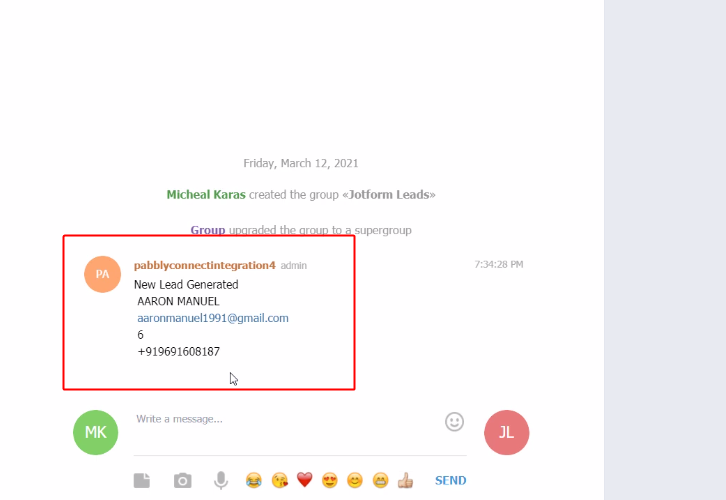
Lastly, check the message on the connected Telegram account.
Conclusion –
This was all about ‘How to send JotForm submissions to Telegram account’. Consequently, after completing this procedure, you will end up sending form submission messages from JotForm to Telegram automatically.
Until then, you can try Pabbly Connect for FREE with all its premium features.
Also, leave a comment about this automation in the comment section below.

